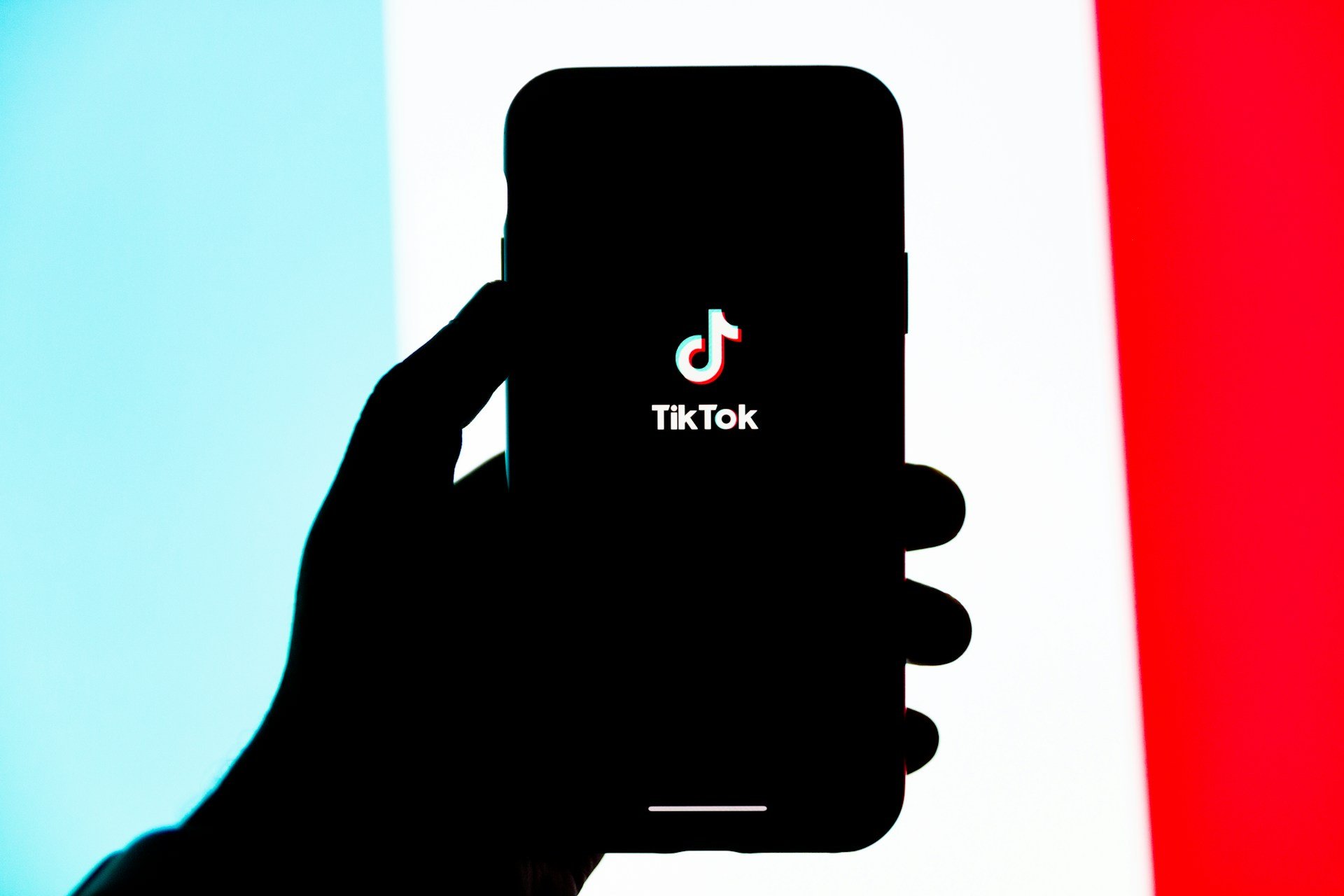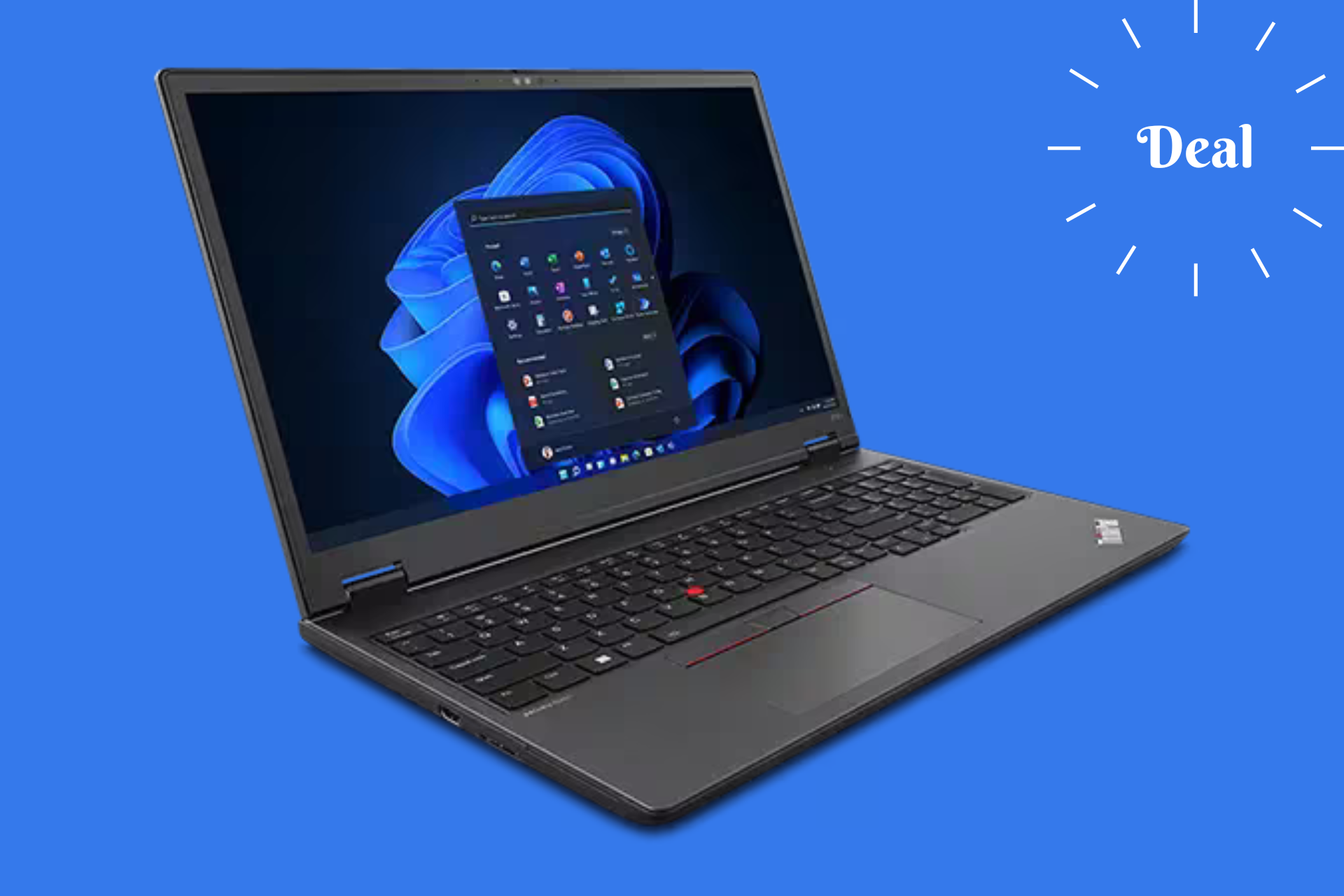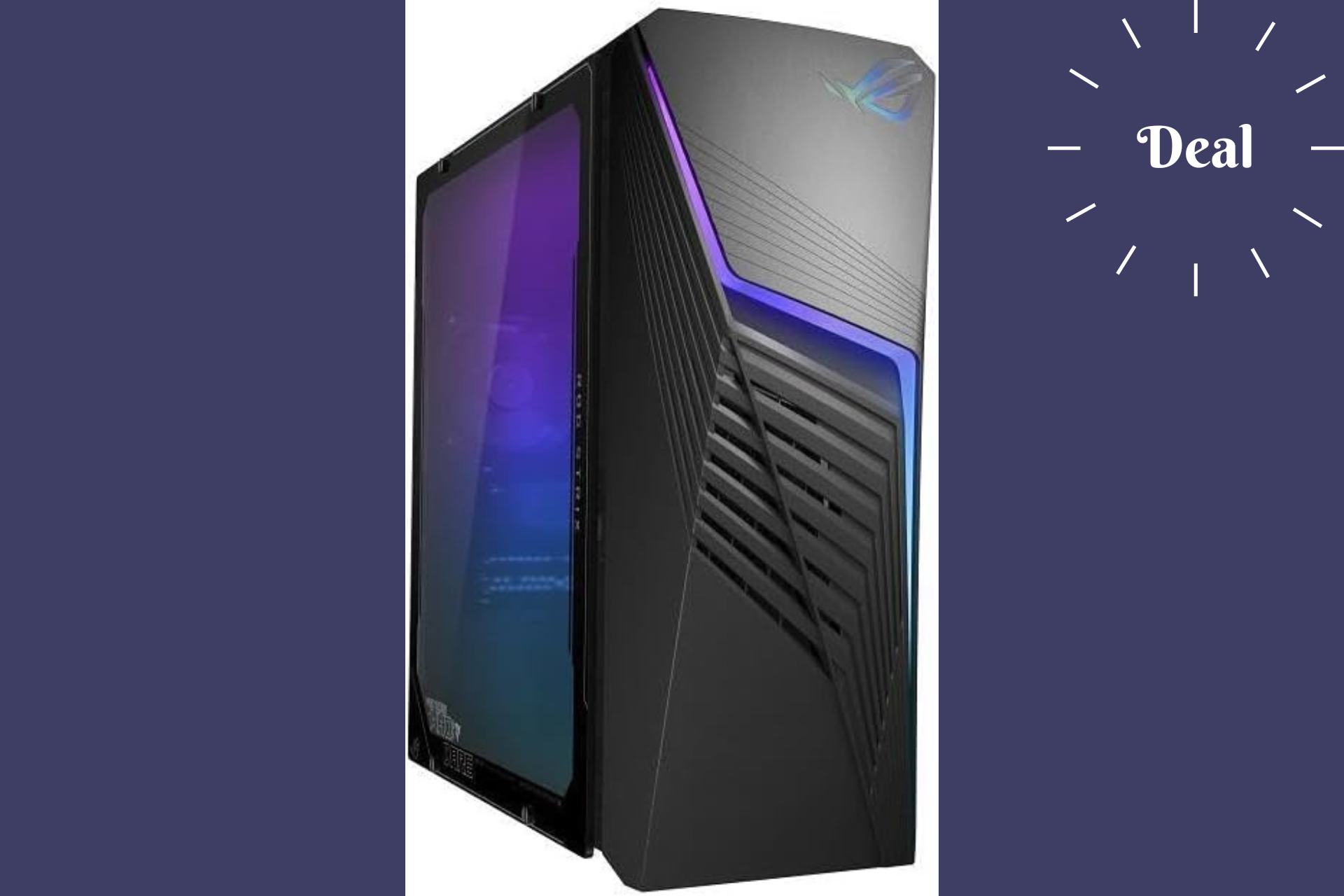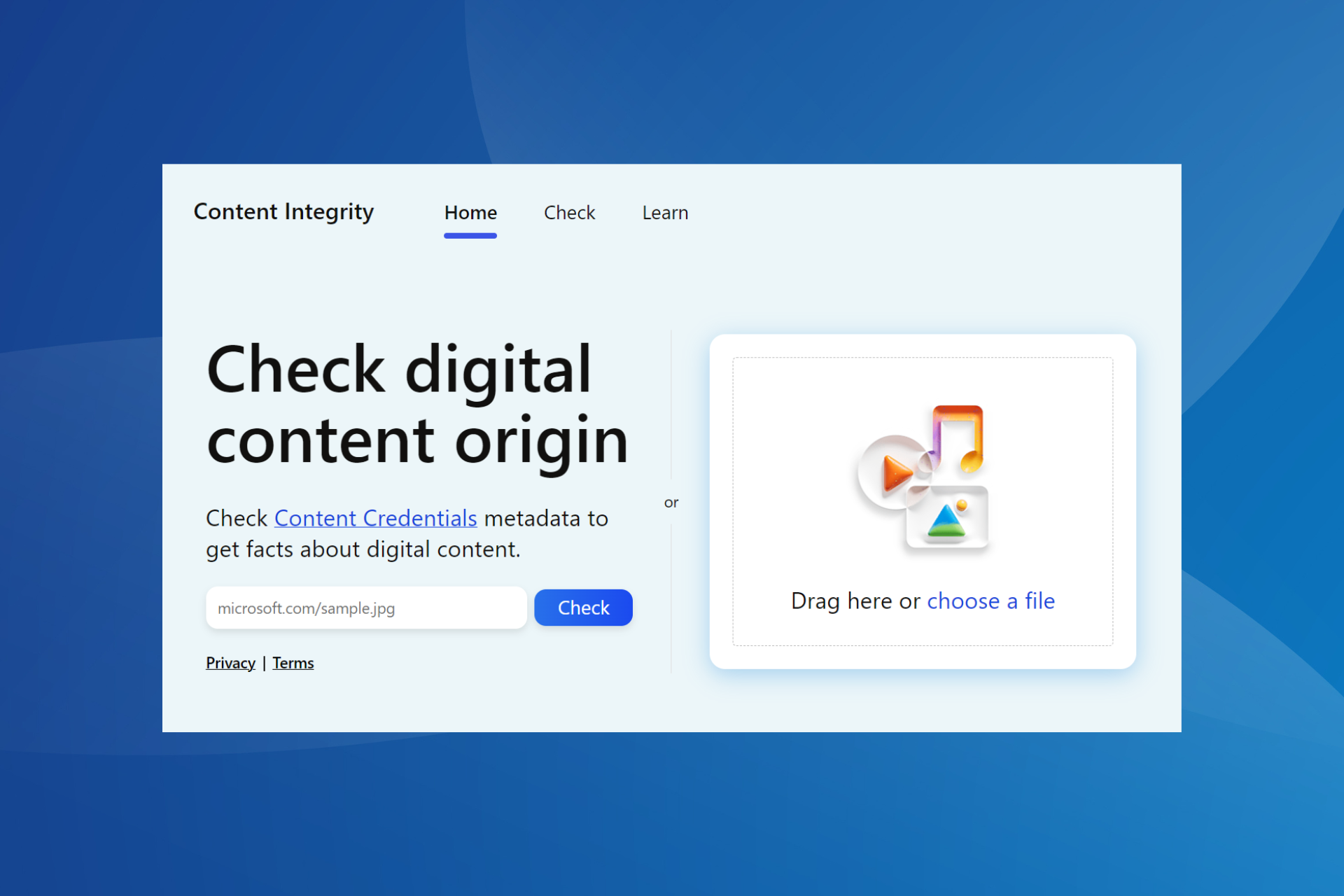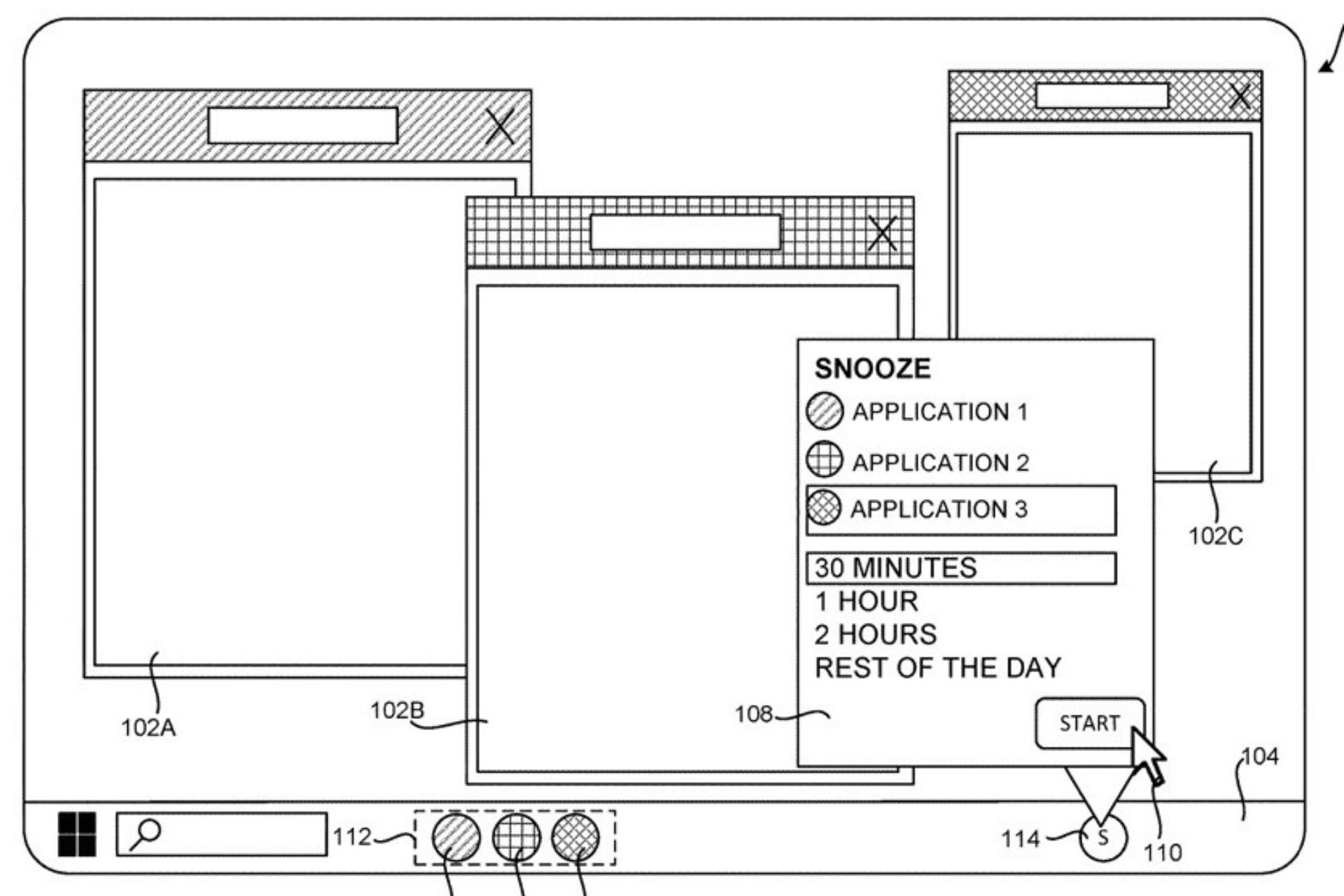Microsoft Edge improves video rendering quality and video playback browser power efficiency
2 min. read
Updated on
Read our disclosure page to find out how can you help Windows Report sustain the editorial team Read more

In a new attempt to convince users to give Microsoft Edge a chance, the Redmond giant has listed two new superpowers of its favorite browser. This time Microsoft boasts it has improved its browser’s video rendering quality and claims Edge is not a power ravenous browser when playing videos.
Microsoft Edge has recently reached the 5% market share threshold thanks to Microsoft’s Windows 10 upgrade strategy, but the tech company feels more users could adopt its favorite browser. As a result, Microsoft keeps on publishing blog posts, touting about Edge’s superior capabilities.
This time, Microsoft learned its lesson from the battery test experiment and published detailed arguments supporting its claims.
Microsoft Edge has the most power efficient video playback because it takes advantage of Windows 10 platform features allowing the CPU to remain in low power states during video playback. Edge offloads CPU intensive video processing operations to your phone’s and PC’s power efficient peripheral hardware. In other words, Edge delegates the function to your device’s hardware.
This starts with the use of Microsoft DirectX video acceleration (DXVA) to offload decoding of compressed video. For rendering, Microsoft Edge also works with Multiplane overlay display hardware and sophisticated graphics and UI compositing features to offload video rendering operations. This significantly reduces memory bandwidth required for video processing and compositing at the display.
Secondly, Edge runs the display at lower refresh rates during full screen playback of film based content. In this manner, memory bandwidth and the film playback quality are improved by reducing video judder caused by the conversion of the film frame rate (24 Hz, for example) on displays running at 60 Hz.
Microsoft’s experiments confirmed that Edge offers higher resolution (44% better) and better bitrate video (42% better) than the other browsers. According to Microsoft, it’s essential to switch to Edge as companies are now beginning to stream 1080p video content, so if you want to enjoy premium quality video content you should run Edge.
RELATED STORIES YOU NEED TO CHECK OUT:
- Microsoft Edge gets new performance and stability updates
- New Breeze extension for Edge on Windows 10 allows you to easily open tabs
- Windows 10 build 14361 fixes YouTube render issues in Microsoft Edge and IE

